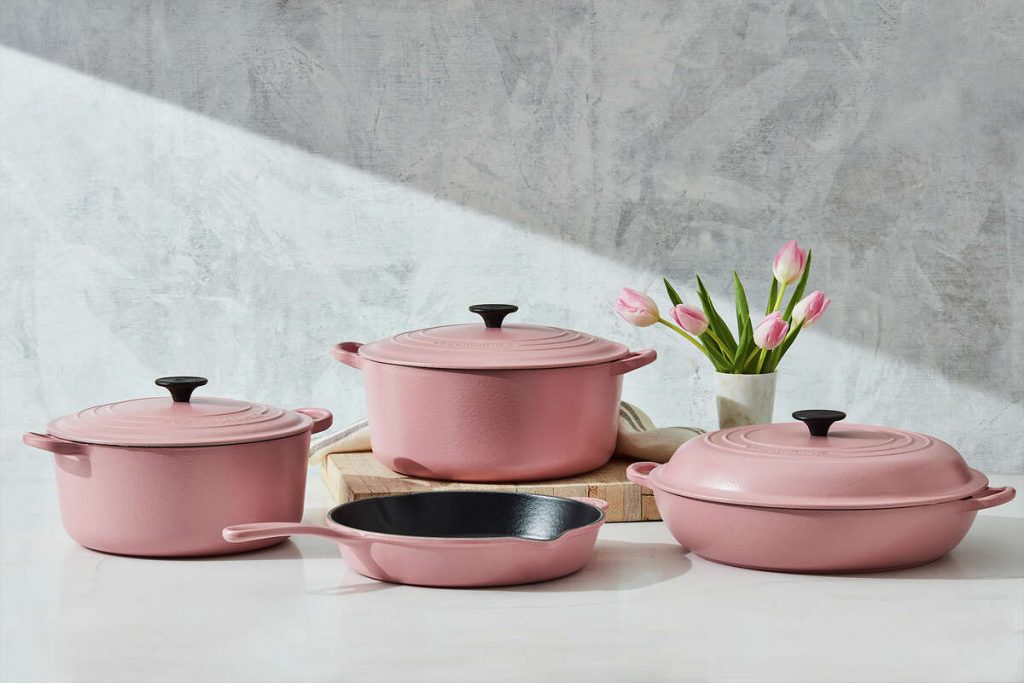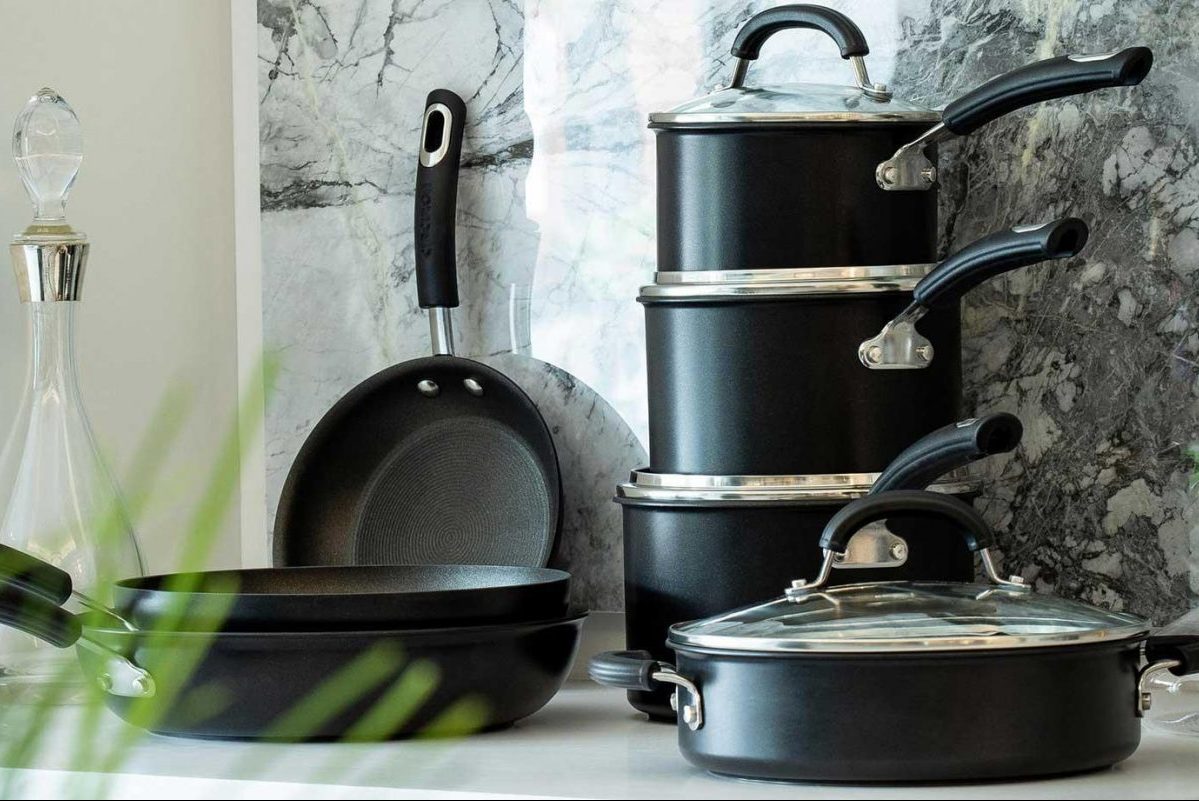With so many pots and pans to choose from, it can sometimes get confusing what you ought to buy. What do you need so many pans for when you only have the basic skills in cooking? You never know. You might get inspired one day to try making other dishes than fried and boiled.
The different kinds of cookware, which range in styles, prices, and materials, are intended for cooking various dishes. Don’t be fooled by the prices. Quality doesn’t always equate to high price tags. You can get top-performing cookware without losing a fortune.
How to Shop for Quality Cookware
Here are the factors to look into when you are only beginning to build your culinary collection:
Buy per piece
It’s more economical to buy cookware by piece and not in boxed sets. The sets typically count everything inside as a piece, including the cookbook and utensils. You may also end up not using all items the box contains, and they might only end up taking space in your cabinet. Buy the pieces you need. You can buy more as you get to spend more time in the kitchen and realize what else you need.
Buy at a physical store
While buying anything online may be more convenient, you need to feel and check the cookware by holding and weighing them with your hands. You can check for defects and ensure all attachments are included in each pack by going to a physical store.
Check the details
When the cookware is tagged as oven-safe, you have to check what temperature it is safe to use. While some products can be used at temperatures up to 500 F, certain types can only withstand 350 F.
Cookware Types
Cookware comes in different materials because they are intended for a variety of cooking techniques. For example, tomato sauces and white sauces react on metal, so you can’t cook them in aluminum or unlined copper cookware. When braising ingredients, you will need pans that can retain heat for a long while. Meanwhile, you will need pans that easily transmit heat when sauteing.
Nonstick. Nonstick pans are best used for non-fat or low-fat dishes. They have durable coatings perfect for many dishes, including delicate ones, such as pancakes and eggs.
- Pros: It’s good for healthy eating since it eliminates some fat on what you eat. Many of these pans can be used in the oven at temperatures up to 500 F. You only have to make sure that the handles are also oven-safe. The uses depend on the primary construction of the pan, but many aluminum pieces can be used for induction and other cooktop purposes.
- Cons: Many of these pans scratch easily, so they must be handled with care in cleaning. Food doesn’t also brown as well in this pan.
Stainless steel. It’s classic and sure to last. This cookware is perfect for braising and browning. It is a kitchen must-have since you can cook anything in it, from dishes, sauces, to pickling.
- Pros: It does not react with food ingredients and is quite easy to clean, plus very durable. The cookware provides uniform and rapid heating. Depending on the handle, it’s also typically dishwasher, broiler, and oven safe.
- Cons: Cleaning can be tough. It is best to keep a nonstick pan even though you already have this one.
Copper. Look for durable heavy-gauge types with a thickness of 1/16 to 1/8-inch. As long as you have the authentic kind, your cookware will give off maximum control and even cooking.
- Pros: You can use it for simmering, frying, sauteing, and high-heat searing. It looks aesthetic when placed on the table in serving food. You can choose models with brass or iron handles to use the cookware in the oven.
- Cons: You cannot use this in induction cooktops. Aside from being expensive, this type of cookware can easily be dent. You also cannot put it in the dishwasher. Through time, the outer part of the pan can develop a patina, which you can only remove using a copper cleaner.
Blue steel and carbon steel. These pans were built for high-performance cooking. You will typically find them in professional kitchens because they are efficient and heavy-duty.
- Pros: This is best-suited when used as a crepe pan, omelet pan, and wok. You can use the cookware on any kind of cooktop. You can use this in a similar way as a cast iron, but this type is lighter. You can easily clean the pans using paper towels.
- Cons: You cannot put this in the dishwasher. Most types have a single-purpose design. The pans need constant care, including rubbing with several layers of oil to avoid rusting.
You must also consider the brand when buying cookware. Check the reviews of people who have used them, and go for the highly recommended pots and pans for your kitchen.


